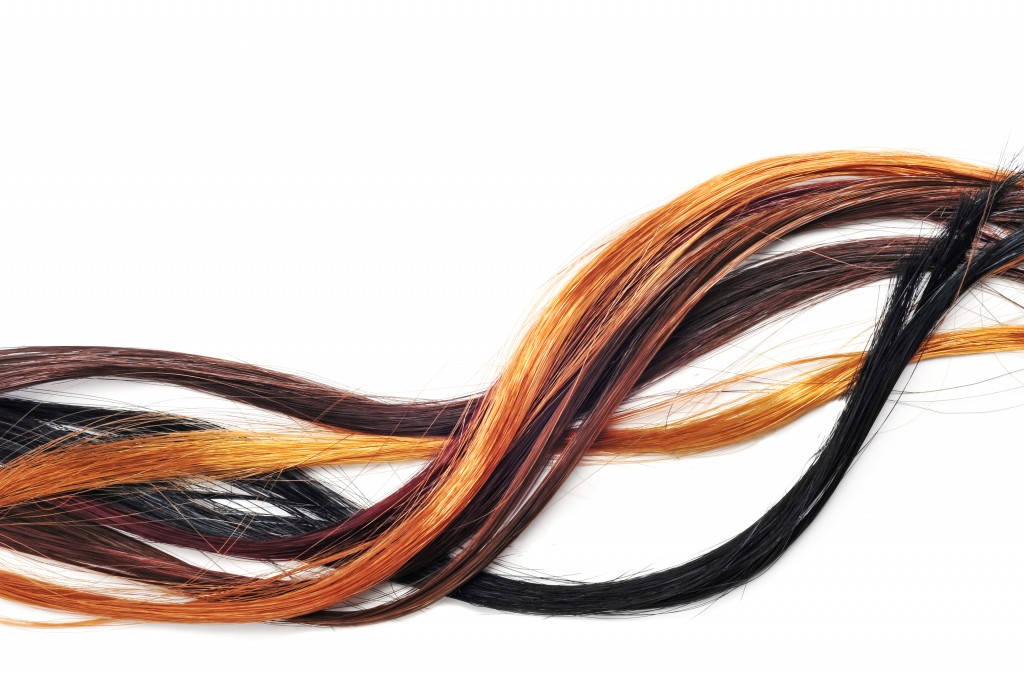Hair extensions offer a fun and safe way to experiment with different styles, lengths, and colors. They come in various forms and application methods, which can be quite overwhelming for first-timers.
It’s easy to make the wrong choice and end up with serious hair problems. Extensions can also be expensive and take time to install. Carefully assessing each type ensures you get the best bang for your buck.
With so many options to choose from, the first step is to decide whether you want temporary or permanent hair extensions.
Temporary hair extensions
Temporary extensions can take less than ten minutes to apply. They do not require professional installation or removal, which makes them a top choice for fashion emergencies. They are typically used for special occasions and can be attached and taken off at will.
Examples: Clip-ins, flip-ins, and magic ponytails
Permanent hair extensions
Permanent hair extensions can usually last from five weeks to eight months, depending on the level of care and maintenance. Unlike temporary extensions, you don’t have to take them off at night. As the name suggests, permanent extensions are meant to last longer on your head, which is why a professional stylist best installs them. They also need to be readjusted as your hair grows.
Examples: Tape-ins, micro-rings, and sewn-in extensions
Popular types of extensions

Micro-rings
Micro-rings are applied by looping a few strands of extension together with your real hair and clamping them down with pliers and a metal bead. Since they are attached strand by strand, installation can take up to eight hours.
Apart from being reusable, micro-rings are safe to use since they require no heat nor adhesive for the installation.
Tape-ins
Tape-ins or skin wefts are attached to your natural hair using a special polyurethane tape. A weft consists of a bunch of hair strands woven on to a thin strip of cloth.
Tape-ins can last from six to eight weeks under proper maintenance. They are incredibly lightweight and comfortable on the scalp. Once they’re applied, the adhesive on the tape needs to cure for 24 to 48 hours, which means you can’t wash your hair or sweat a lot until then.
Sewn-in extensions
This type of extension is best for coarse, thick, and curly locks. It involves braiding your natural hair into tight cornrows before “sewing in” the extensions using a needle and a thread.
Like micro-rings, sewn-ins don’t need heat to attach correctly. However, because your entire head is covered in tight braids, it can be challenging to wash off dirt and sweat on your scalp.
Clip-ins
Clip-ins are the fastest and least damaging type of hair extensions since they can be attached just like you would a regular hair clip. Clipping them in takes less than five minutes, which is ideal if you have a tight schedule.
Clip-ins allow you to try a different hairstyle minus the long-term commitment. Just remember to take them off before showering, sleeping, or swimming to avoid damage.
Hair extensions come in different forms, and choosing the right one requires proper research. A professional hairstylist can help you figure out the best and healthiest option for your hair type. No matter how good they may look, hair extensions should not cause stress and damage to your natural hair.

